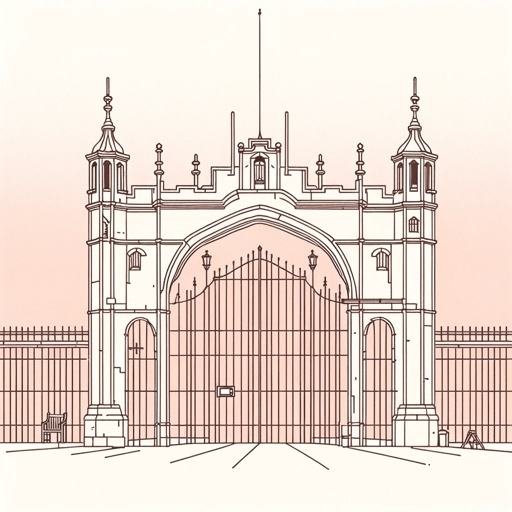61 pages • 2 hours read
Charles DickensLittle Dorrit
Fiction | Novel | Adult | Published in 1857A modern alternative to SparkNotes and CliffsNotes, SuperSummary offers high-quality Study Guides with detailed chapter summaries and analysis of major themes, characters, and more.
Themes
The Complexities of Wealth and Class
In Little Dorrit, as in his other novels, Dickens explores and criticizes the inequities of 19th century England’s social stratification. This novel presents characters from a wide range of social and economic backgrounds in a way that highlights the conservative beliefs of the Victorian upper class as well as the changing scope of wealth in Britain. The idea of gentility or “good breeding” is key to the self-perceptions of many characters in the novel, including the Dorrits. Though their patriarch is in prison for debt, William’s status as a gentleman before his time in the Marshalsea affords their family certain privileges that are unavailable to other inmates and their families. In this way, Dickens highlights the inequalities of the class system.
Dickens also points out that their privileged position in society gives the Dorrits—aside from Amy—a false sense of superiority. For example, though Fanny Dorrit works as a dancer in a theater—a profession looked down upon by most Victorians—she rails against Amy for keeping “low company” like Old Nandy. Amy hears several remarks like this from her father and her siblings, both during and after their time at the Marshalsea. The Dorrits feel superior because of their high birth, despite being imprisoned for debt.
Related Titles
By Charles Dickens

A Christmas Carol
Charles Dickens

A Tale of Two Cities
Charles Dickens

Barnaby Rudge: A Tale of the Riots of Eighty
Charles Dickens
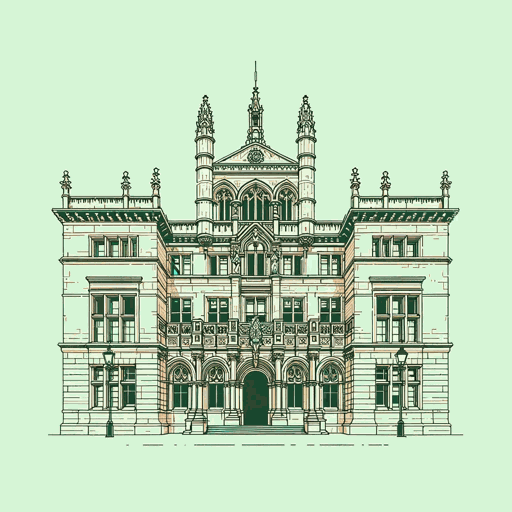
Bleak House
Charles Dickens

David Copperfield
Charles Dickens

Dombey and Son
Charles Dickens
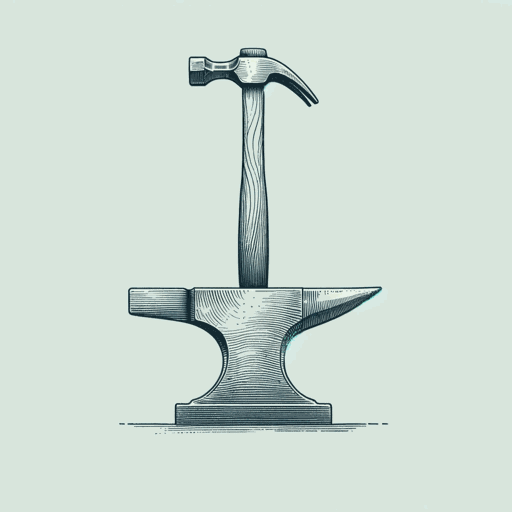
Great Expectations
Charles Dickens

Hard Times
Charles Dickens

Martin Chuzzlewit
Charles Dickens

Nicholas Nickleby
Charles Dickens

Oliver Twist
Charles Dickens

Our Mutual Friend
Charles Dickens
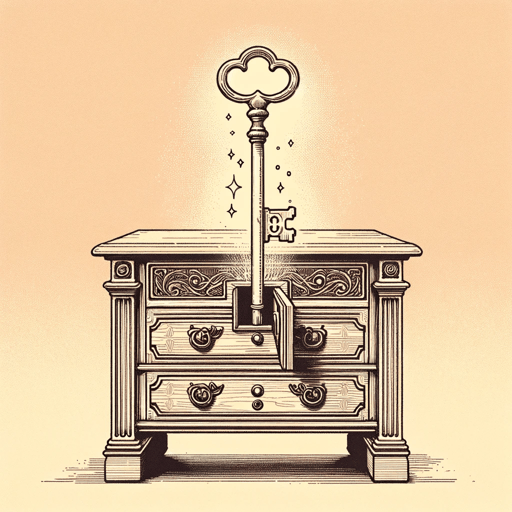
Pickwick Papers
Charles Dickens

The Mystery of Edwin Drood
Charles Dickens
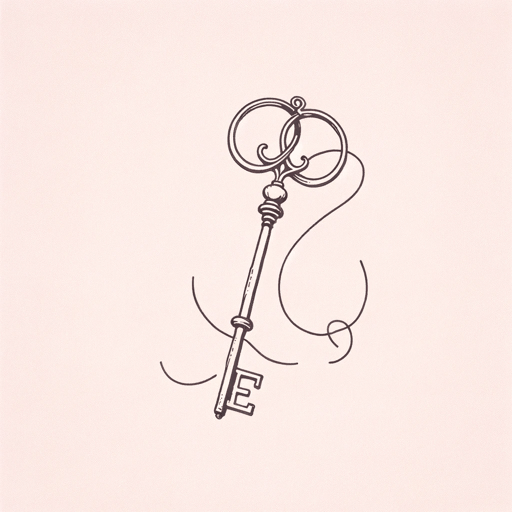
The Old Curiosity Shop
Charles Dickens

The Signal-Man
Charles Dickens
